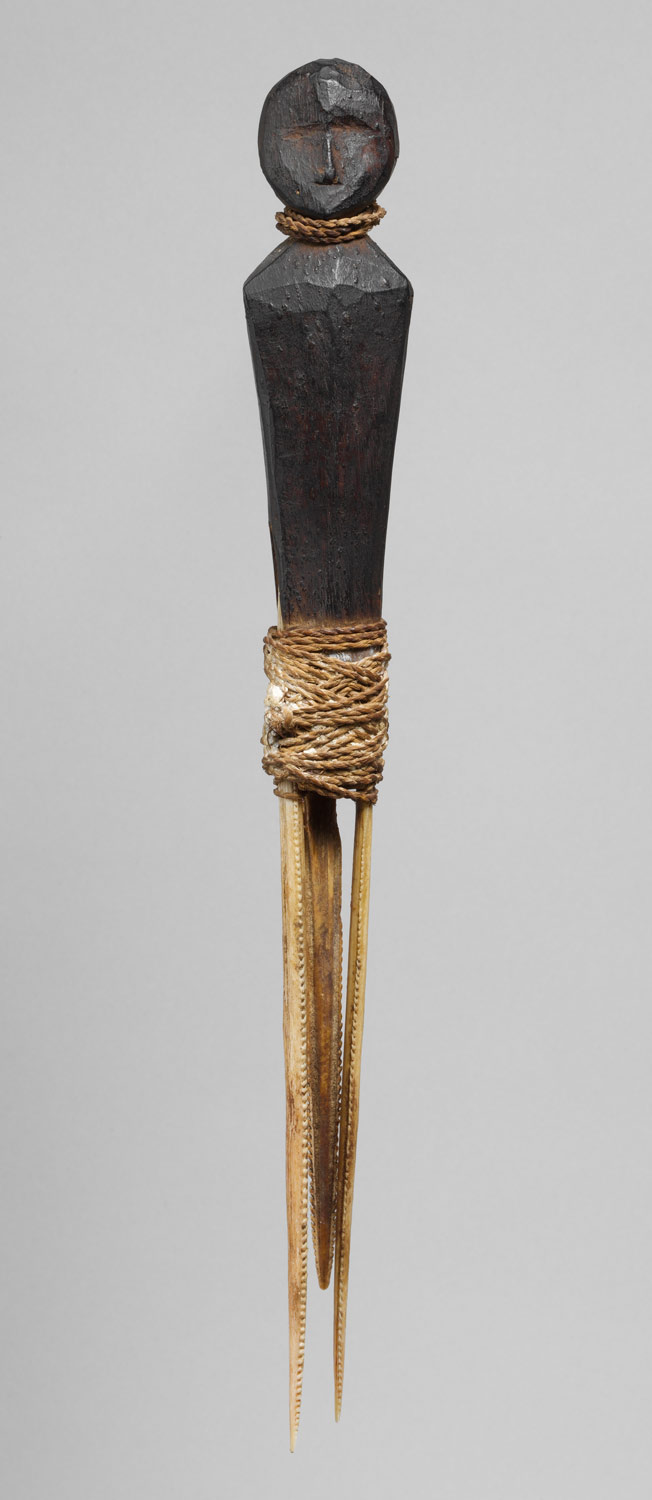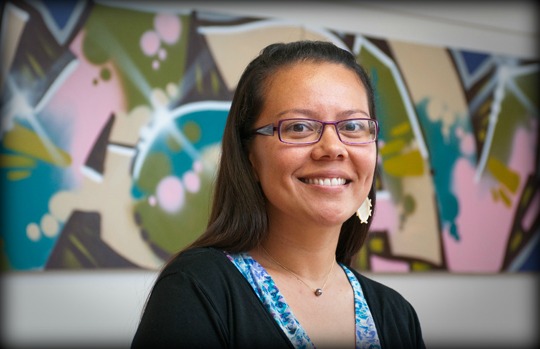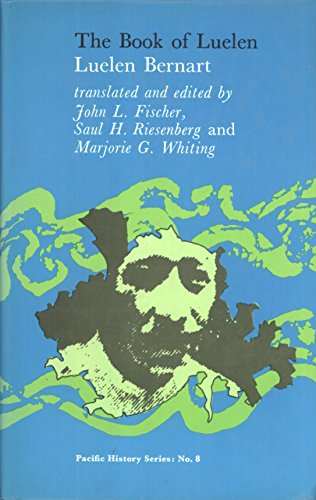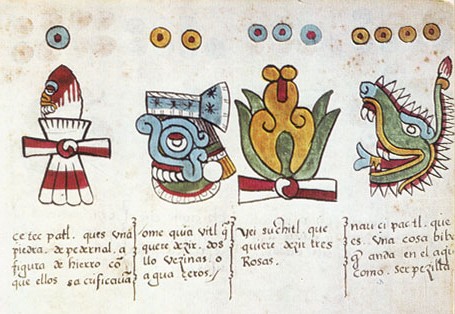It was an
interesting past week. I finally made it out of training and onto the floor
with my new team at work. I’m for reals now. And I’m getting my son signed up
for Boy Scouts, so maybe he’ll learn more than how to play video games. And
we’re finally getting some work done on the other house, so hopefully we’ll be
moved in next year sometime. I’ll finally get my red house I’ve always wanted.
Just like the Jimi Hendrix song. So, it’s definitely been an interesting couple
of weeks with some wild weather to go with it!
 |
| Mmm... Who knew beer and soy sauce went together so well? |
 |
| Although not a sorbet, who doesn't love a good banana smoothie? |
Then I made Pohnpeian
Karat Banana Sorbet. I don’t know what a karat banana is exactly (it’s probably
something I’d have a hard time finding here anyway), but I do have plenty of
“plain old regular” bananas. (And I finally bought a blender just so I could
make this!) I expanded the recipe from one serving to four servings. I put in
four bananas, ½ c of simple syrup, ¾ c of coconut milk, 2 tsp of cinnamon, and
some crushed ice. I blended this altogether and put it in the freezer for an
hour or so. I took it out and blended it for another 30 seconds. I thought this
was supposed to be the consistency of ice cream, but I think I needed to keep
it in the freezer a lot longer than an hour, especially since I quadrupled my
recipe. It was more like a slightly frozen smoothie. Still good, though. It was
a hit with everyone. I may try this again and keep it in the freezer longer to see
what it tastes like as an actual sorbet.
 |
| This little dude was waiting for some siu pao. |
And finally, the
dish that counted as my bread: siu pao. First of all, I didn’t read the recipe
all the way through, so it forced me to have to improvise a bit. I started with
making the dough: I mixed together 6 c of flour, ¾ c of sugar, 3 packets of
yeast (that I forgot to proof in 1 c of warm water), followed by 5 eggs. I
stirred it all together, but it just wasn’t coming together (hmm, could it be
that 1 c of water I was missing?). I ended up adding about 6 oz of coconut milk
to it and several Tbsp of olive oil to help bind it all together. I finally got
it to form a ball, and I covered it to rest for an hour. While it was resting,
I hardboiled three eggs and sliced each into eighths when they were cool. In a
skillet, I sautéed some minced garlic and diced onions together before adding
in my diced pork. After it had browned a bit, I added in some soy sauce, a
little water, sugar, and black pepper, stirring to coat all of the pork. Then I
took some of the dough, formed a ball and flattened it out to about a 4”
circle, put some of the pork inside along with some of the sliced egg. I
wrapped it all around and pinched it shut. Now came the hard part: steaming
them. I don’t own a double boiler yet, so I had to improvise (again). I had a
pot of boiling water, but my original idea of using a mesh basket worked great
until part of the plastic evidently couldn’t handle the heat and melted a
little. (Why must things be so difficult??) So, I used a metal colander
instead, and it did the job. But it took about a half hour to steam them.
However, they were really good, even though I made them a little on the large
side – it was far more dumpling than filling. I liked them, and I think
overall, everyone else did too. I especially liked the flavor of the pork and
egg together.
 |
| Overall, this was a really good meal. And I'm sure people will be jealous of my lunch tomorrow. (Ok, maybe.) |
I pulled another
recipe for some fish tapioca cakes with sweet sauce, but I was too tired to make
it. I might make it this week, though, since I have all the ingredients. When I
choose recipes, I often pull a whole bunch, but then narrow it down. I
typically try to pick at least a bread, a main entrée, and a side dish. It
doesn’t always happen that way. Sometimes I pick a drink or a dessert to go
along with it. And it also depends on my schedule and how realistic my
expectations are at what I can accomplish in an afternoon. And then I run into
issues like today: for some reason, I didn’t pick any recipe with a vegetable
in it. So I pulled out a bag of steamable edamame to go with it. I guess if
today had a theme, it would be “improvisation.” And that, my friends, is the
story of my life.
UPDATE:
So, I finally made that last dish that I didn't get to: Fish Tapioca Cakes with Sweet Sauce. I definitely amended the recipe, but I thought it turned out well. The family, not so much. Here's what I did: I thawed and cooked my fish (I chose tilapia), breaking it up into a hundred pieces as it cooked. Then I mixed together the cooked fish, some green onions, a can of sweet potatoes (instead of diced pumpkin), an egg, salt, pepper, and a little lime juice. I mashed everything together with a potato masher. Then I took a 1/2 c of tapioca flour and mixed it into the bowl as well, stirring enough to make sure it got all worked in. (The recipe may not have been referring to tapioca flour and doing it this way, but that's what I had on hand.) Once everything was mixed, I sprayed some coconut oil in a hot skillet and spooned out the mixture and flattened it into patties. To make the sweet sauce, I poured some ketchup, water, sugar, lime juice, salt, garlic, and a little tapioca flour (in lieu of cornstarch) into a small bowl. I mixed it together and poured it on top of the pancakes. The sauce was supposed to be cooked down, but it was such little amounts, that I didn't think it was necessary. I liked it, and from what I gathered, everyone else did too, but they had a problem with the consistency. Oh, well. To each his own, and more for me.
UPDATE:
So, I finally made that last dish that I didn't get to: Fish Tapioca Cakes with Sweet Sauce. I definitely amended the recipe, but I thought it turned out well. The family, not so much. Here's what I did: I thawed and cooked my fish (I chose tilapia), breaking it up into a hundred pieces as it cooked. Then I mixed together the cooked fish, some green onions, a can of sweet potatoes (instead of diced pumpkin), an egg, salt, pepper, and a little lime juice. I mashed everything together with a potato masher. Then I took a 1/2 c of tapioca flour and mixed it into the bowl as well, stirring enough to make sure it got all worked in. (The recipe may not have been referring to tapioca flour and doing it this way, but that's what I had on hand.) Once everything was mixed, I sprayed some coconut oil in a hot skillet and spooned out the mixture and flattened it into patties. To make the sweet sauce, I poured some ketchup, water, sugar, lime juice, salt, garlic, and a little tapioca flour (in lieu of cornstarch) into a small bowl. I mixed it together and poured it on top of the pancakes. The sauce was supposed to be cooked down, but it was such little amounts, that I didn't think it was necessary. I liked it, and from what I gathered, everyone else did too, but they had a problem with the consistency. Oh, well. To each his own, and more for me.
Up next: Moldova
























.jpg)










